


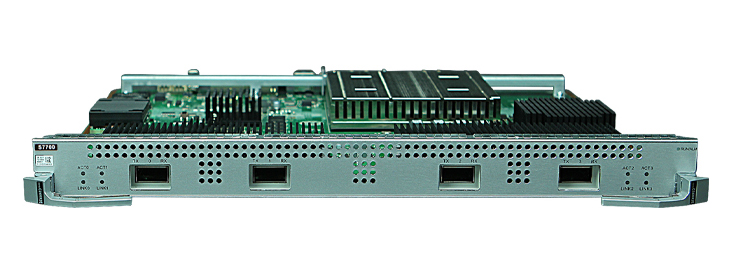

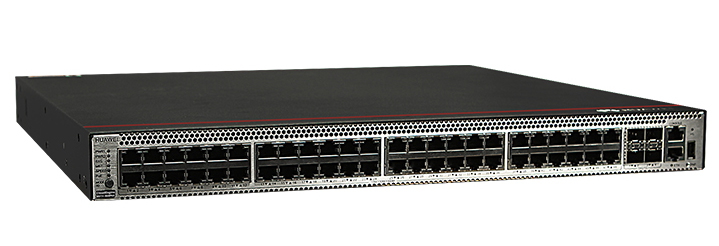
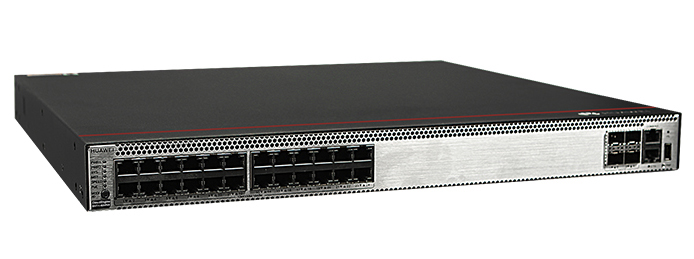
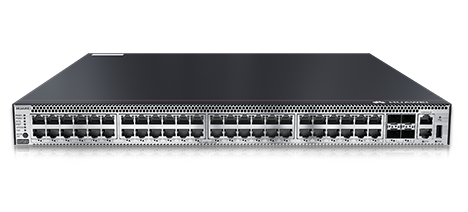
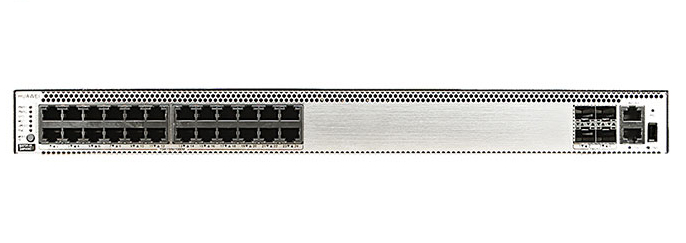

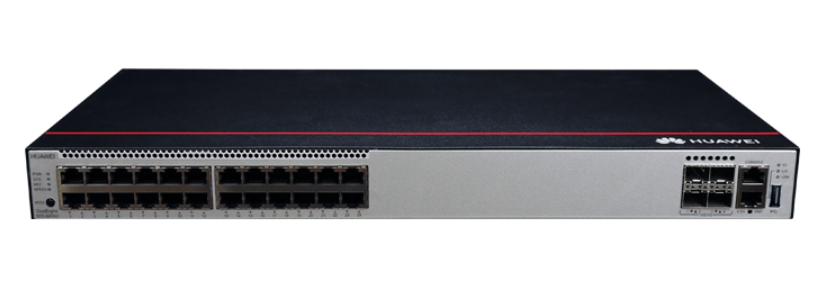
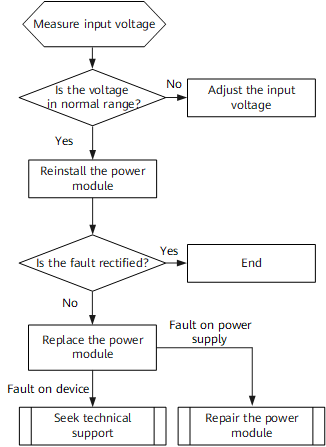
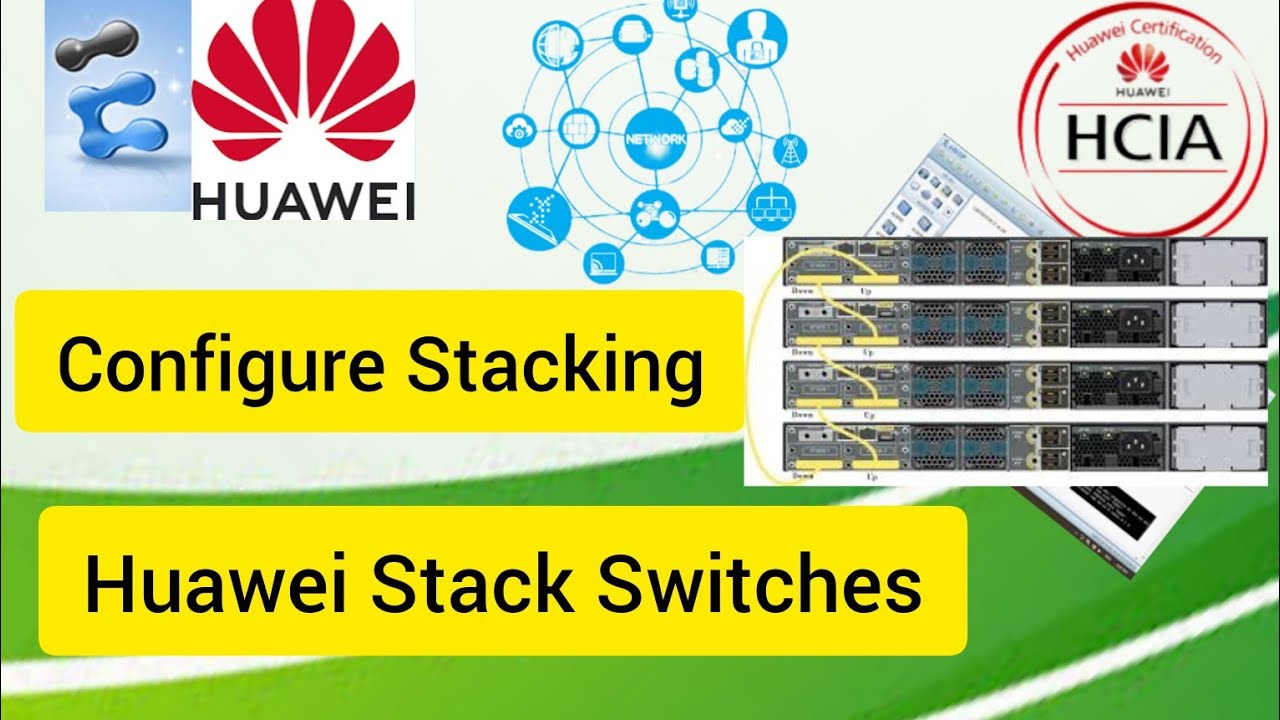

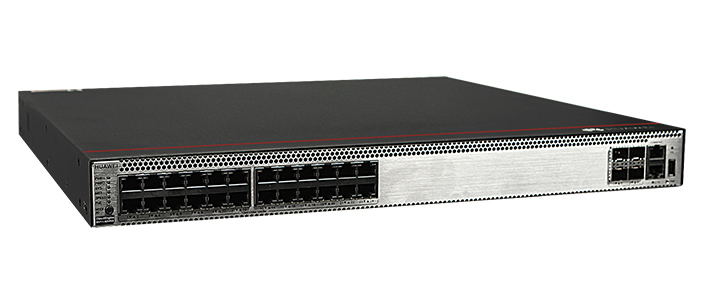
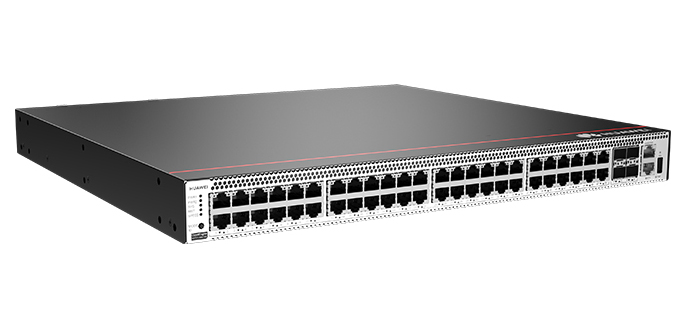
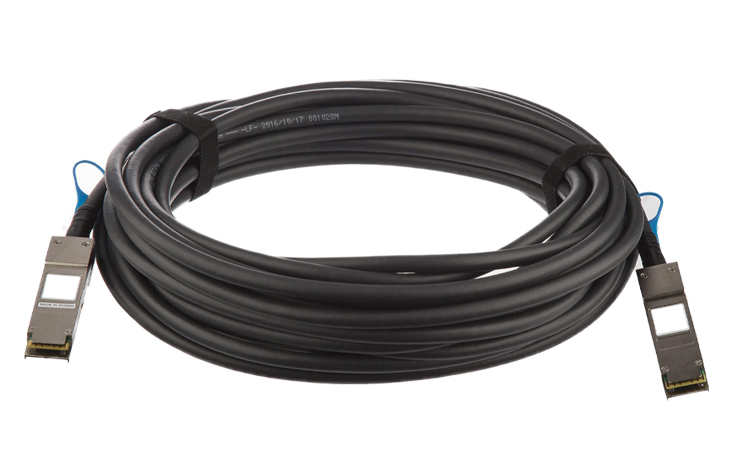
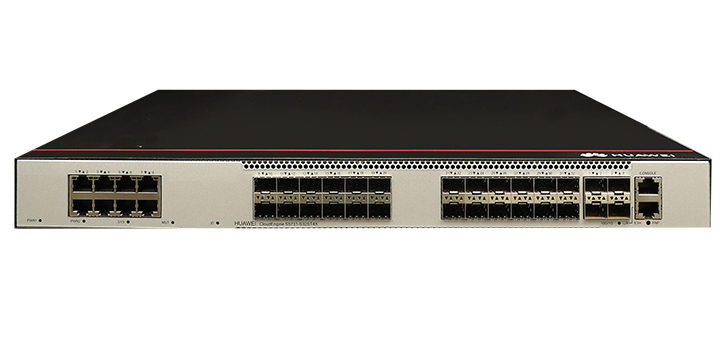
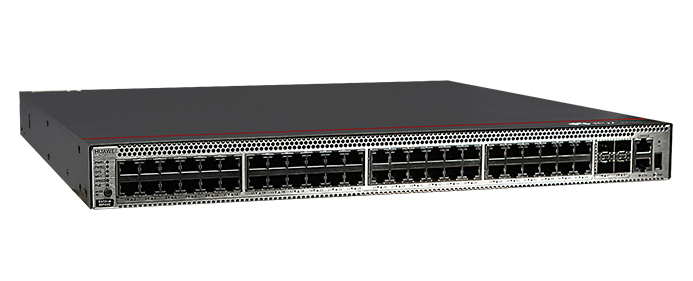
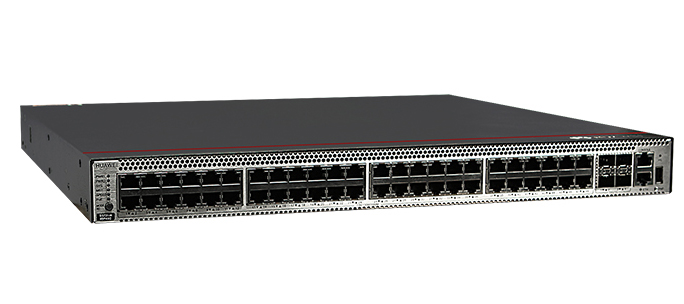
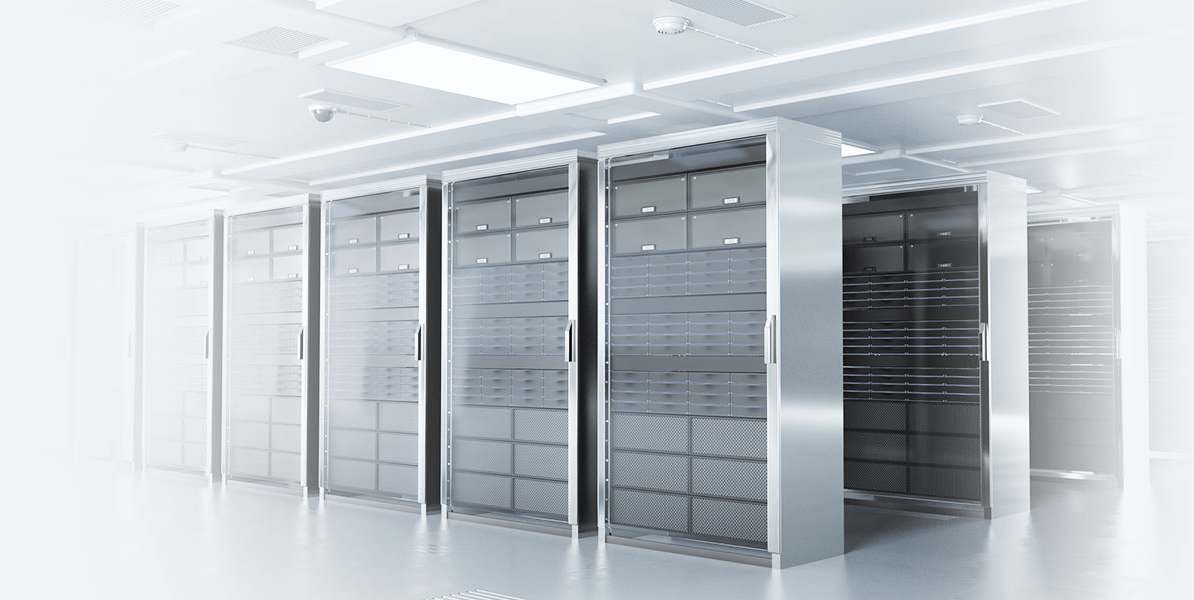
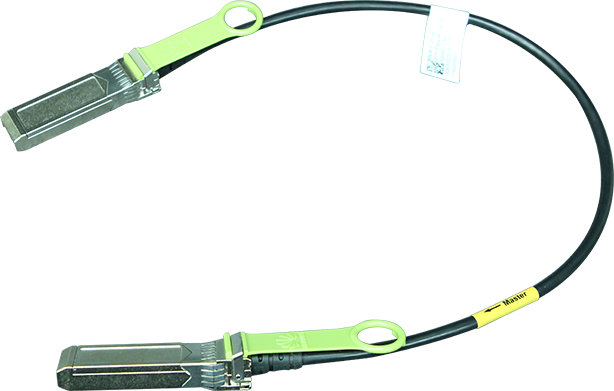

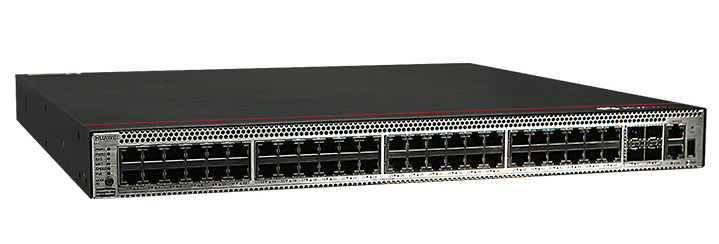

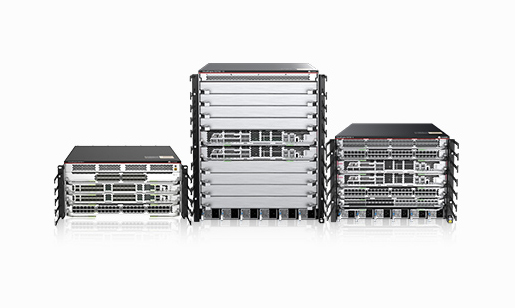


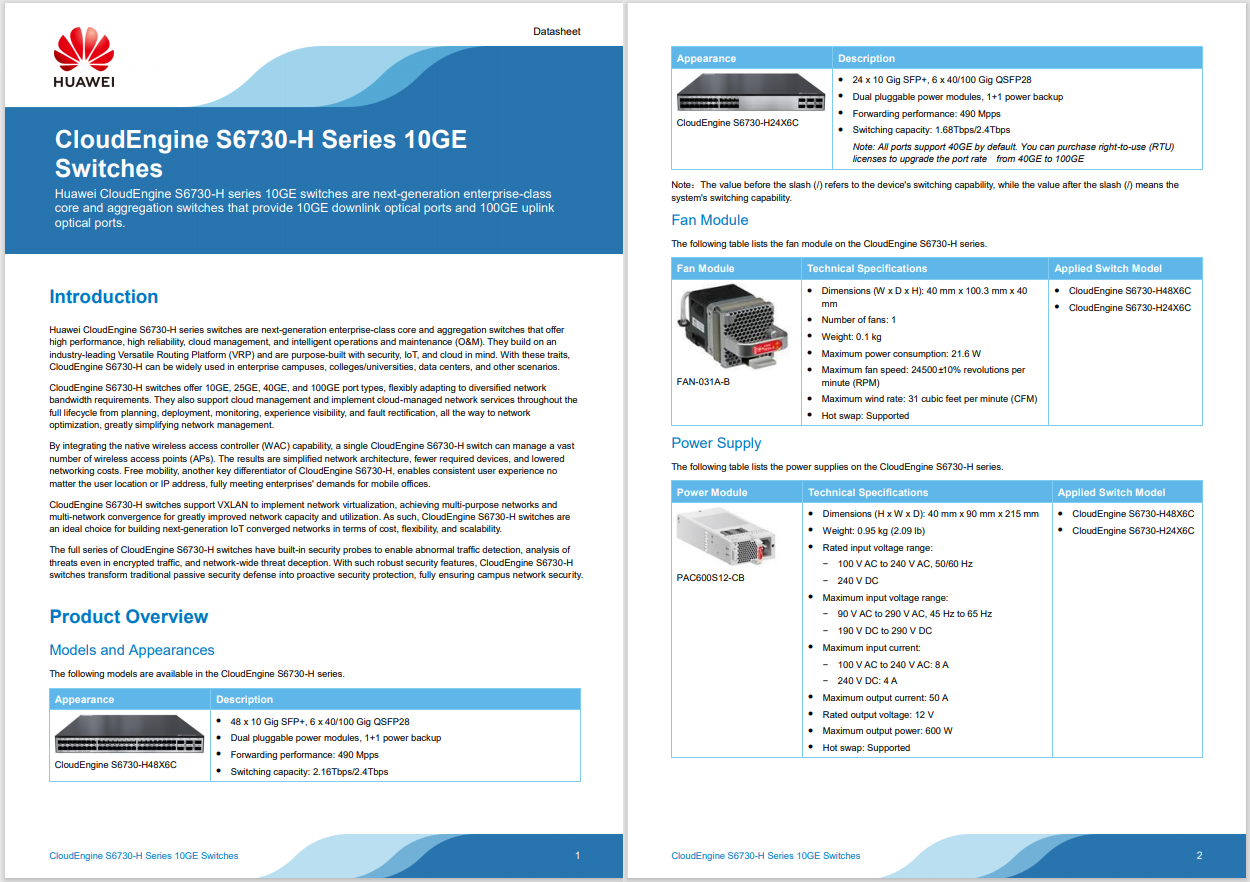
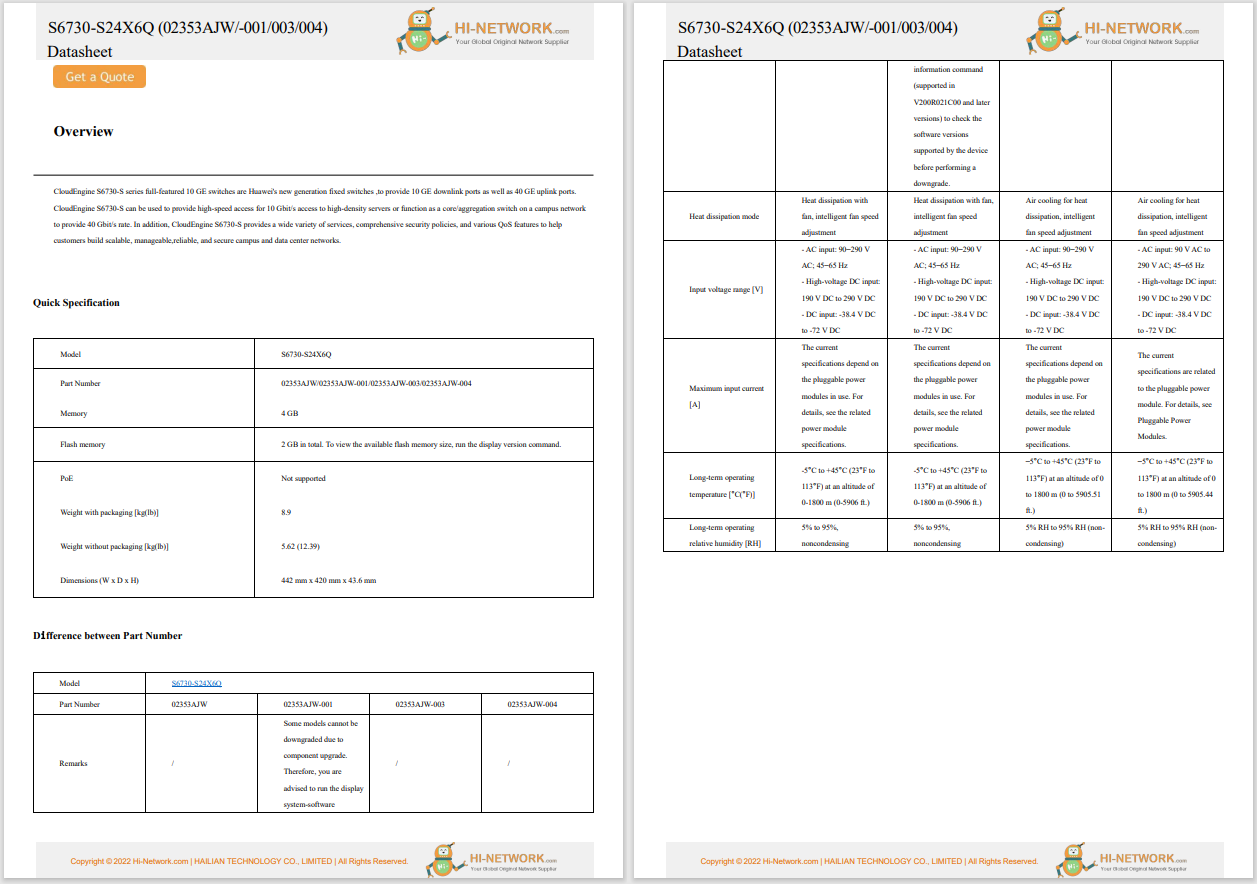

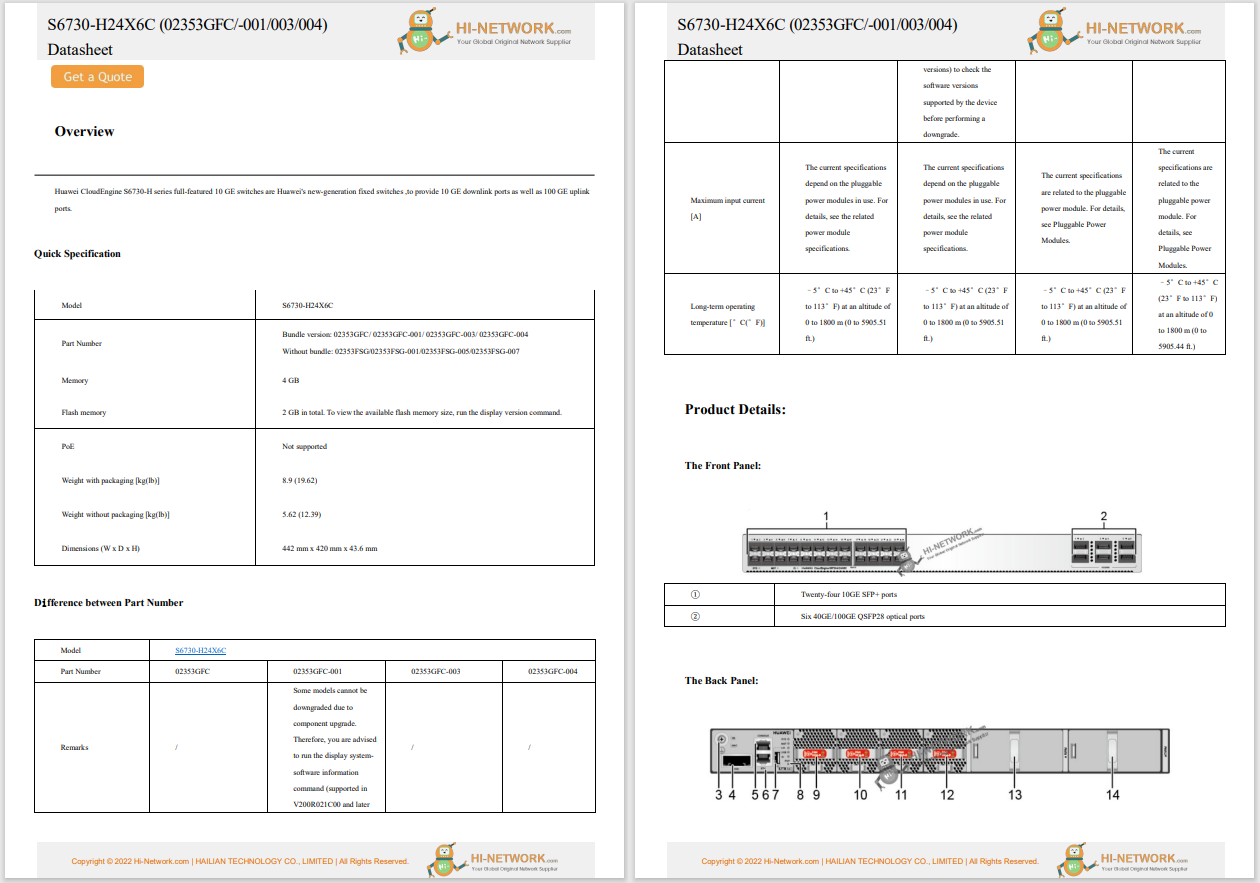

Since I made the jump to Linux all those years ago, I have never once found myself missing out on applications. Sure, there have been moments early on when I thought there were better options available on other platforms, but those days are in the past. Now, I have everything I need, and every app works exactly as expected.
Before I continue, know this: I do not only define "productivity" as it relates to business, because I believe that is being shortsighted. Productivity can be applied to personal and even creative endeavors. And because much of my life revolves around creativity, being productive in that arena is pretty important to me.
Also: I have used Linux for 30 years. Here are 5 reasons why I will never switch to Windows or MacOS
With that said, I want to share with you my favorite Linux apps I use to stay productive.
LibreOffice is my go-to office suite on every operating system I use--especially Linux.
As a writer, I depend on tools to help me do the thing I do. As for the actual act of writing, nothing serves me better than the open-sourceLibreOffice office suite. I spend hours each and every day pounding away on a keyboard to write articles and novels, and without a solid word processor (does anyone still call them that?), I would not be able to do what I do when I do it.
Also: 6 ways LibreOffice is better than Google Docs for serious writing work
For me, there is no better option than LibreOffice. I love how the UI can be configured exactly how I want it and that I can create custom styles with ease. Another thing that makes LibreOffice an important choice for me is that there is no (and never will be any) AI integration. Of course, the MS Compatibility is also an important factor, because so many consumers have yet to know that there is a better option. LibreOffice can be installed from nearly every standard repository, so all you have to do is open your app store, search for LibreOffice, and click to install.
And did I mention that LibreOffice is totally free?
GIMP taking a screen shot of itself with another screen shot being edited.
GIMP is a very powerful image editor, on the level of Photoshop. I use GIMP every single day for screenshots, book covers, and everything in between. With GIMP 3 having been recently released, it finally supports non-destructive edits (a game-changer) and has all sorts of new tricks up its sleeve.
Also: How to make GIMP more like Photoshop
Some might balk at GIMP's UI, but with a few minutes of work, you can have the interface resemble that of Photoshop. Yes, GIMP does have a bit of a learning curve, but so does every image editor at this level. You need to learn how to deal with layers and other intermediate and advanced tasks to really get the most out of GIMP. GIMP 2.x can be installed from nearly all standard repositories, but if you want to use GIMP 3, you will want to install it via Flatpak.
Like LibreOffice, GIMP is free to install and use.
Pardon my obfuscation.
I have some clients who useSlack as a primary means of communication and collaboration. Without Slack, working with some of those clients would be a real challenge. With Slack, I can easily send people direct messages, files, and links; reply to threads; add keywords so I know I do not miss discussions on particular topics; and much more.
Also: 6 Slack tips I swear by to turn a chaotic workspace into a well-oiled machine
Slack is one of the few proprietary apps on this list, but it is one that has become essential to my day-to-day productivity. Slack can be installed on my Linux distributions via Flatpak, so if your app store has Flathub support baked in, just search the store via the GUI and click to install.
Slack is free to install and use.
Trello has helped keep one of my biggest projects moving forward.
Trello makes using Kanban boards incredibly simple. Even better, you can share those boards with others, even giving them editorial permissions. I use Trello to help keep my larger, creative projects organized, so I do not wind up having to keep track of notes and calendars in different places. By sharing particular boards with others, managing larger projects becomes a team effort.
Also: 5 Trello Power-Ups I use to supercharge my project management
Yes, I could use Trello via a web browser, but I really do like having the desktop client (so I do not have to add yet another tab to my browser, and I can resize the app so it is easier to see all of a project's columns). One thing I really like about Trello is that when I come up with an idea for a project, I can just throw it up on a column specifically created as a catch-all. Later, I can go back to that column, organize the recently added cards, and fill out some details.
You can install the Trello desktop client for free, either with Snap or from source.
Bitwarden simplifies the management of even massive amounts of passwords.
The number of accounts I have to sign into and out of on a daily basis has become staggering. Knowing that, in this modern era, I have to use very strong, unique passwords for everything means I need a password manager to keep me from losing what is left of my mind. For that, I turn toBitwarden.
Also: How to set up Bitwarden for personal and work use - and why you should keep them separate
Not only does this password manager have every single feature I need in such a tool, but it is also open-source and even has a server you can deploy on your LAN, so you do not even have to depend on the company's cloud services. Granted, the locally deployed server is for advanced users and is best employed for those vault items that are highly sensitive. I have deployed the Bitwarden server and have used it to save vault items I would not trust with any third party.
Bitwarden is also very easy to use, has a browser extension, and the company offers a free account that will do just fine for most average users.
Davinci Resolve is maddeningly tricky to use on non-NVIDIA hardware.
Confession time: I mostly useDavinci Resolve on an iMac that is dedicated to the sole purpose of editing videos. However, there is a Linux port of Davinci Resolve, and I do make use of it on occasion. Without a Linux version of Davinci Resolve, I would be stuck with a far lesser editor, and I have reached a point where those editors simply will not do. I need a non-linear editor that has powerful features and industry-grade color tools, and no open-source video editor can match that which is Davinci Resolve.
Also: 5 new features in DaVinci Resolve 19 that make my favorite video editor even better
One thing to keep in mind with Davinci Resolve is that getting it to work with non-NVIDIA graphics processors is a chore that I would not wish on anyone. Even when you do manage to install Davinci Resolve on an AMD GPU, it is not nearly as reliable as it should be. Even so, this is a must-have for my daily routine.
Although I use the Studio version of Resolve, you can install the community version (which does not have nearly the features of the Studio version) for free.
It does not get any better than Warp Terminal.
The Linux command line is part of my daily routine. I did not use to think having the right terminal app would make a difference, but when I first triedWarp Terminal , I realized how wrong I was. Warp Terminal has practically brought new meaning to using the Linux terminal because it is so much more than just a terminal. For example, if I cannot remember a command, I can describe the command (such as, "I want to upgrade my operating system") and Warp will figure out what it is I want to do.
There is also built-in AI that I have used to solve issues with code, Warp Drive (where I can save all sorts of things), and so much more. Warp Terminal is your terminal app on the strongest steroids you can imagine.
Also: I'm a command-line pro and this is the best terminal app I've ever used, thanks to AI
This fancy terminal app can be installed from either a .deb or .rpm file on the official site and can either be used for free or you can pay to get added features (such as unlimited AI requests).
Get the morning's top stories in your inbox each day with ourTech Today newsletter.
 Etiquetas calientes:
tecnología
Servicios y Software
Sistemas operativos
Etiquetas calientes:
tecnología
Servicios y Software
Sistemas operativos